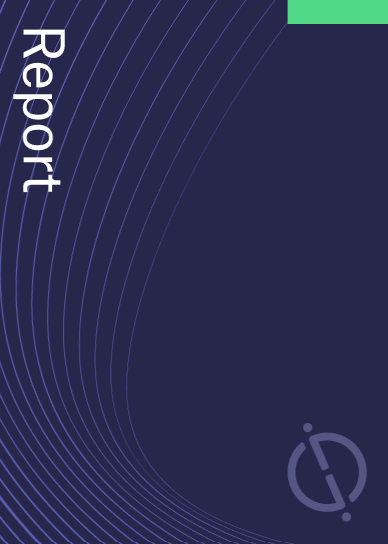The Beta Thalassaemia drugs in development market research report provides comprehensive information on the therapeutics under development for Beta Thalassaemia, complete with analysis by stage of development, drug target, mechanism of action (MoA), route of administration (RoA), and molecule type. GlobalData’s report assesses key aspects of the companies and drugs in development for Beta Thalassaemia. Buy the report here.

Discover B2B Marketing That Performs
Combine business intelligence and editorial excellence to reach engaged professionals across 36 leading media platforms.
The report also covers the descriptive pharmacological action of the therapeutics and the latest news and press releases. Additionally, the report provides an overview of the key players involved in therapeutic development for Beta Thalassaemia and features dormant and discontinued products.
GlobalData tracks 60 drugs in development for Beta Thalassaemia by 58 companies/universities/institutes. The top development phase for Beta Thalassaemia is phase ii with 21 drugs in that stage. The Beta Thalassaemia pipeline has 52 drugs in development by companies and eight by universities/ institutes. Some of the companies in the Beta Thalassaemia pipeline products market are: BRL Medicine, Vertex Pharmaceuticals and Novo Nordisk.
The key targets in the Beta Thalassaemia pipeline products market include Hemoglobin Subunit Beta, Hemoglobin Subunit Gamma 1, and B Cell Lymphoma/Leukemia 11A.
The key mechanisms of action in the Beta Thalassaemia pipeline product include Hemoglobin Subunit Beta Activator with ten drugs in Phase II. The Beta Thalassaemia pipeline products include six routes of administration with the top ROA being Intravenous and nine key molecule types in the Beta Thalassaemia pipeline products market including Gene-Modified Cell Therapy, and Small Molecule.
Beta Thalassaemia overview
Beta-thalassemia is a genetic blood disorder characterized by reduced or absent production of beta-globin chains, a component of hemoglobin, the protein in red blood cells responsible for carrying oxygen throughout the body. This deficiency leads to anemia and various complications. Beta-thalassemia is classified based on the severity of symptoms: In beta-thalassemia major (Cooley’s anemia), individuals have little or no beta-globin production, leading to severe anemia, pale skin, fatigue, bone deformities, enlarged spleen, jaundice, and growth problems. Beta-thalassemia intermedia is less severe than major but can still cause moderate to severe anemia and various complications. Beta-thalassemia is an autosomal recessive genetic disorder, meaning an affected individual must inherit two abnormal beta-globin genes (one from each parent). Carriers of one abnormal gene (thalassemia trait) generally do not have symptoms but can pass the defective gene to their children.
For a complete picture of Beta Thalassaemia’s pipeline drug market, buy the report here.
Data Insights
From

The gold standard of business intelligence.
Blending expert knowledge with cutting-edge technology, GlobalData’s unrivalled proprietary data will enable you to decode what’s happening in your market. You can make better informed decisions and gain a future-proof advantage over your competitors.




